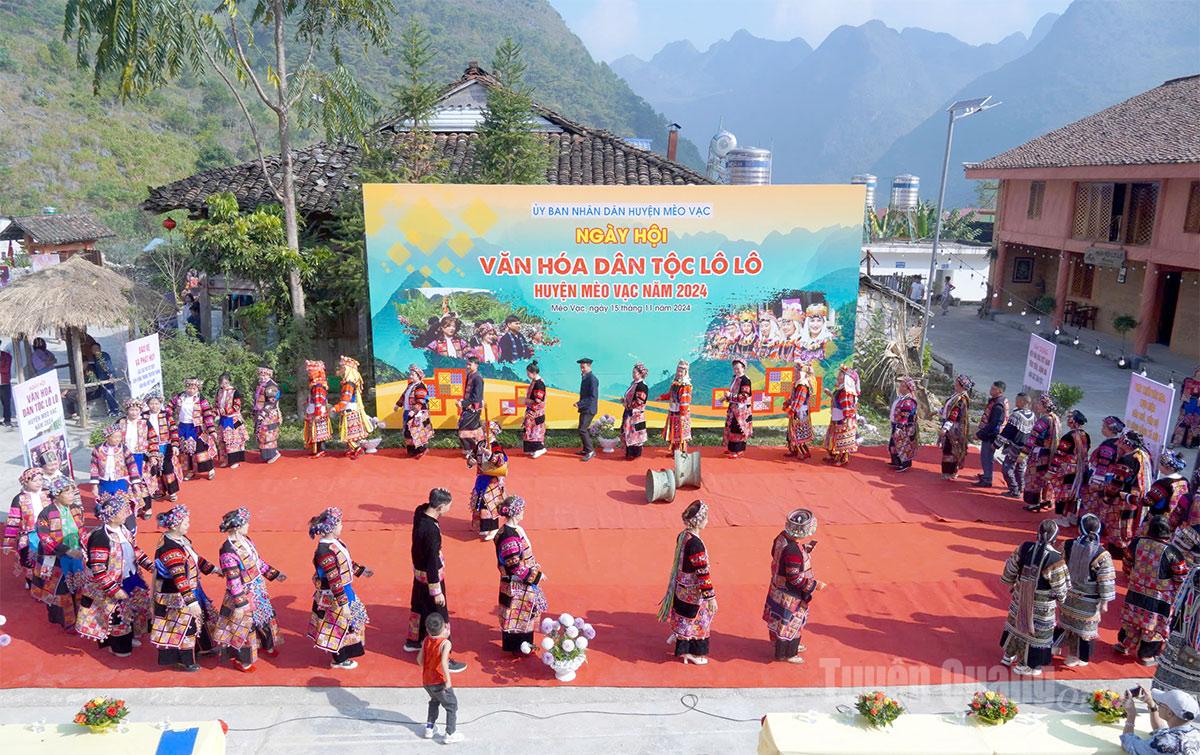 |
| Traditional dance resonates in the festival of the Lo Lo ethnic group. |
Costumes tell the story of a people
The Lo Lo are one of the ethnic minorities in Vietnam, divided into two branches: the Black Lo Lo , concentrated in Lung Cu commune, and the more populous Hoa Lo Lo residing in Sa Phin commune, Meo Vac commune and some villages bordering the northern highland communes of Tuyen Quang . Wherever they are, the people still preserve the "soul" of the nation in each festival, each dress. "This is an occasion for us to remember our ancestors, pray for a bountiful harvest, and at the same time let our descendants understand that the dress on our body is not just clothing, but also the soul of the nation," village elder Lo Giang Lu (72 years old) said in a deep voice amid the sound of drums.
In the middle of the yard, the circle dance began. Lo Lo men and women held hands and spun in circles, their skirts fluttering to the sounds of the two-stringed fiddle, drums, and gongs. Tourists, without being told, joined the circle dance, feeling both strange and excited. “Immersing myself in this atmosphere, I realized that the festival is not just about watching, but also about living with the locals,” said Nguyen Ngoc Hai, a tourist from Hanoi , with a smile.
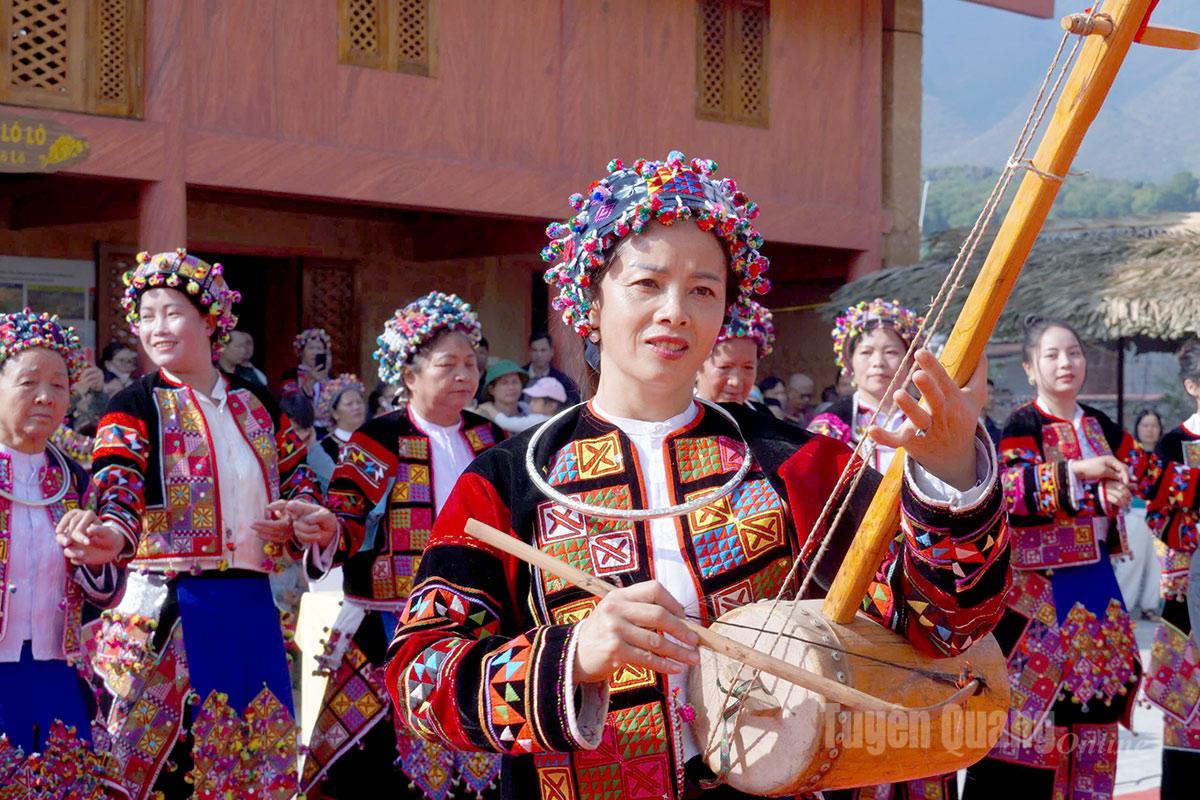 |
| Cultural colors in Lo Lo ethnic festival. |
The traditional costumes of the Lo Lo people are distinguished by their sophistication and creativity. Shirts, skirts, and headscarves are cut and assembled from hundreds of small pieces of fabric, creating motifs such as the sun, birds, buffalo horns, and chicken footprints - symbols that represent good harvests, strength, and happiness. The bright colors are not only for beauty but also express the desire for love, family happiness, and a prosperous life.
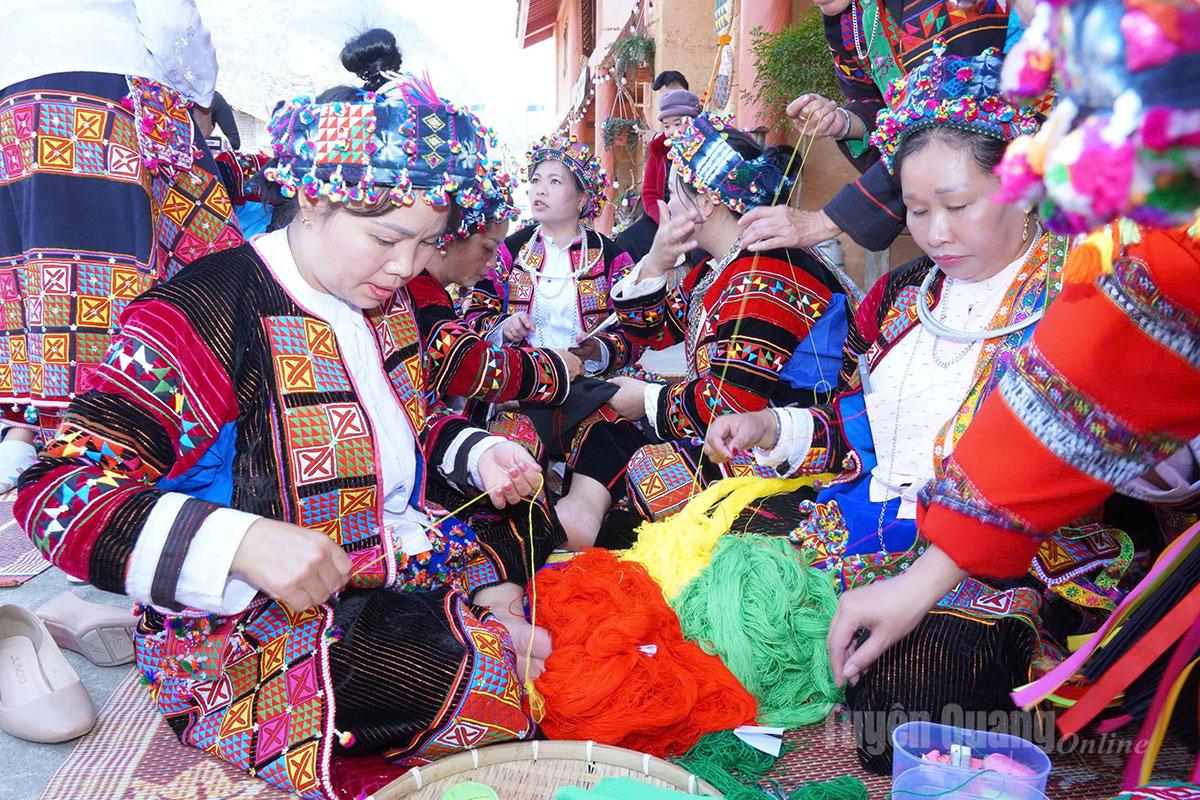 |
| Only colors create the brilliant costumes rich in identity of the Lo Lo ethnic group. |
To complete a set of ceremonial costumes, Lo Lo women spend from 8 months to a whole year, each needlepoint is a message sent to their ancestors. “Just by looking at the dress, we can tell which clan and village the wearer belongs to. That is also how we recognize each other among everyone,” said Lo Thi My, 53 years old.
The hand that keeps the soul of culture
To preserve the embroidery profession, each Lo Lo family has an embroidery frame placed in a prominent position. Children grow up listening to their grandmothers and mothers teaching them how to cut fabric and thread. Village elder Lo Giang Lu said that it was unacceptable for Lo Lo women in the past not to know how to embroider. “This profession is very hard, but if you give it up, you will lose your soul,” he affirmed.
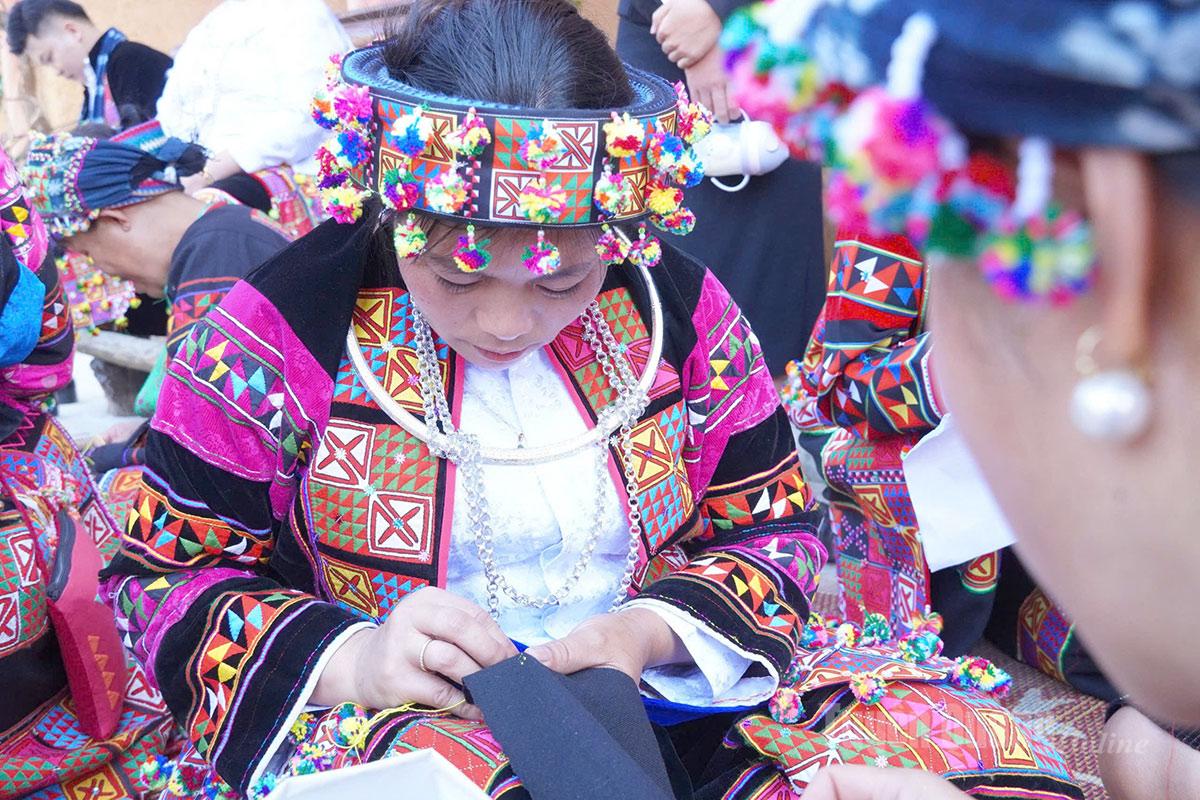 |
| Skillful hands keep the traditional embroidery craft. |
In addition to embroidery, the Lo Lo are also famous for their unique folk dances and music . The sound of the two-stringed fiddle and the sound of the bronze drum - sacred musical instruments of the gods - often resounds in important ceremonies such as festivals, weddings or farewells to the deceased. When the drums sound, people in traditional costumes dance in a circle - an image that is likened to the harmony between heaven and earth. Many villages also maintain art troupes, performing dances and songs for visitors to enjoy even outside the festival season.
The vitality of Lo Lo culture is also reflected in the way they integrate tradition into their livelihoods today. Many groups of women have formed cooperatives to make miniature dresses, scarves, and brocade bags to sell to tourists. “Each product is a small story about the Lo Lo people. Customers not only buy products, but also bring back memories,” Ms. Lo Thi My said with a smile.
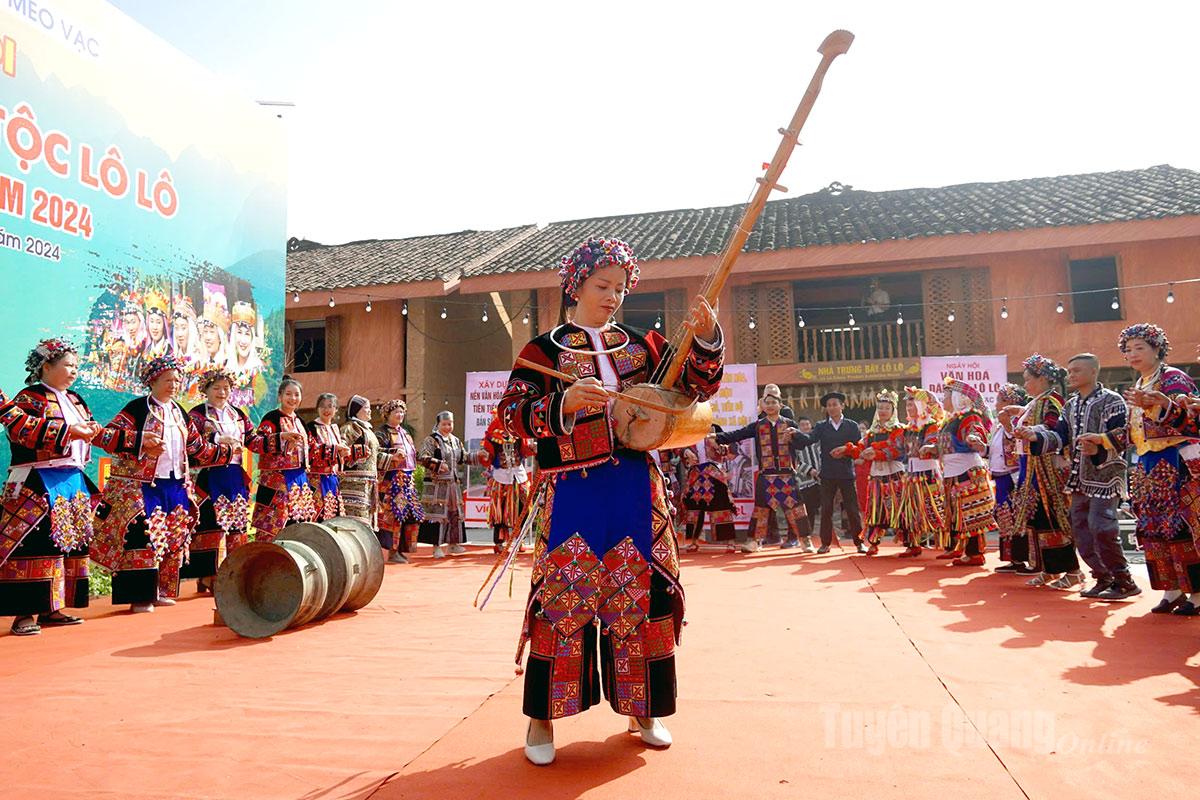 |
| Traditional erhu blends with Lo Lo ethnic dance. |
Ms. Le Thi Thu Ha, a tourist from Hanoi, shared: “Going to Lo Lo village to see the festival, seeing the women embroidering each stitch with my own eyes, I was truly moved. Their costumes are not only beautiful, but also tell the history of a nation. I bought this scarf to remember the trip.”
Bringing identity into tourism products
Nowadays, in addition to maintaining the traditional embroidery craft and organizing festivals, the Lo Lo people in the highland villages of Tuyen Quang province have entered community tourism. Lo Lo Chai village, Lung Cu commune is a typical example. The whole village has 119 households with about 540 people, of which more than 40 households provide homestay services, 5 households operate additional restaurants.
Holidays and weekends are usually more crowded, with an average of 100-200 guests staying on weekdays. After more than 10 years, this place has become a famous destination, especially during the buckwheat flower season. The locals not only have a stable income but also learn English, confidently introducing their culture to tourists from all over the world.
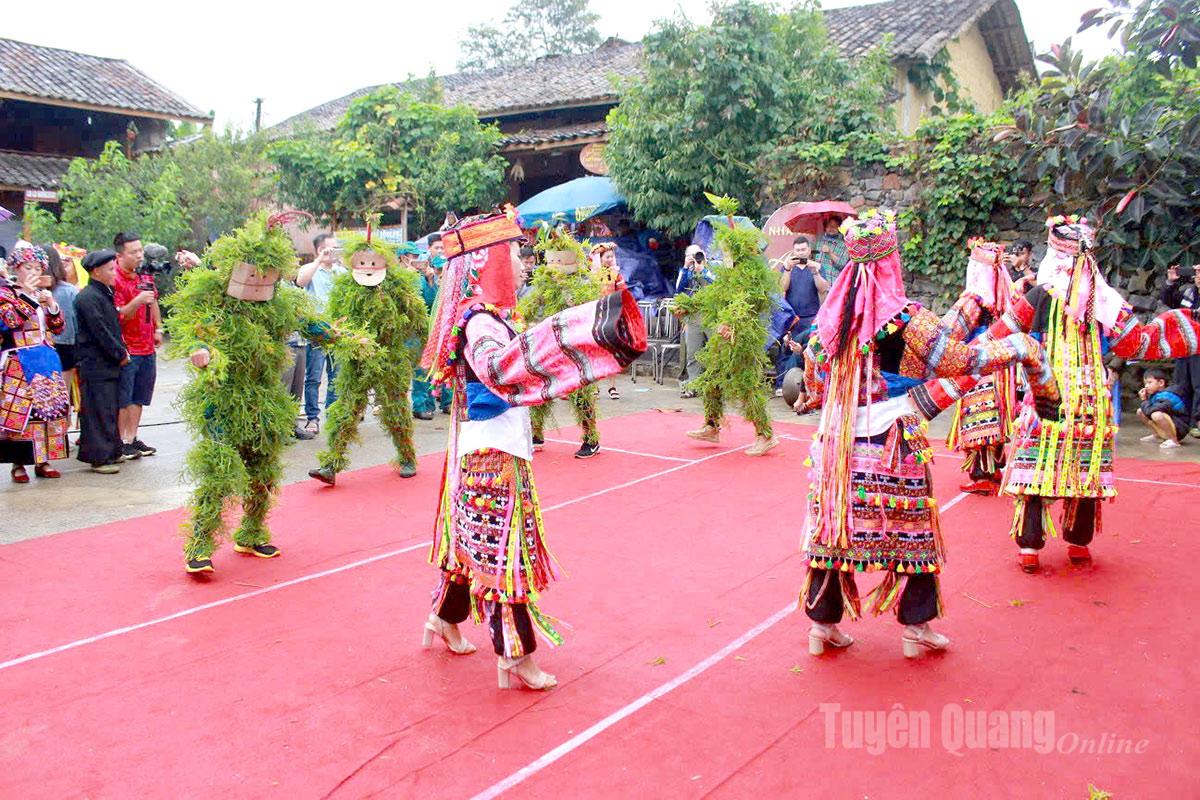 |
| Skillful hands keep the traditional embroidery craft. |
Village elder Lo Giang Lu mused: “Doing tourism is not to trade culture, but to make people understand and appreciate it. The more people know, the longer the identity will live.” That thought is opening up a new direction for the people: Turning heritage into a driving force for development, linking culture with the economy, so that descendants are not only proud but also can live off traditional jobs.
In the modern pace of life, amidst constant changes, the colors of the Lo Lo people's costumes are still as persistent as the sound of bronze drums echoing in the festival season - reminding us of a small but proud ethnic group. And now, in the unified cultural space of the new Tuyen Quang province, the heritage of the Lo Lo people has also become a bridge connecting the two lands, adding color to the unique diverse cultural picture of the Northeast located at the headland of the Fatherland. It is not only the pride of the Lo Lo people, but also a common spiritual asset, for Tuyen Quang today to build unique tourism products, spreading cultural values to friends everywhere./.
Article and photos: Duc Quy
Source: https://baotuyenquang.com.vn/van-hoa/du-lich/202508/sac-vay-lo-lo-trong-dieu-vong-ngay-hoi-d5e0668/



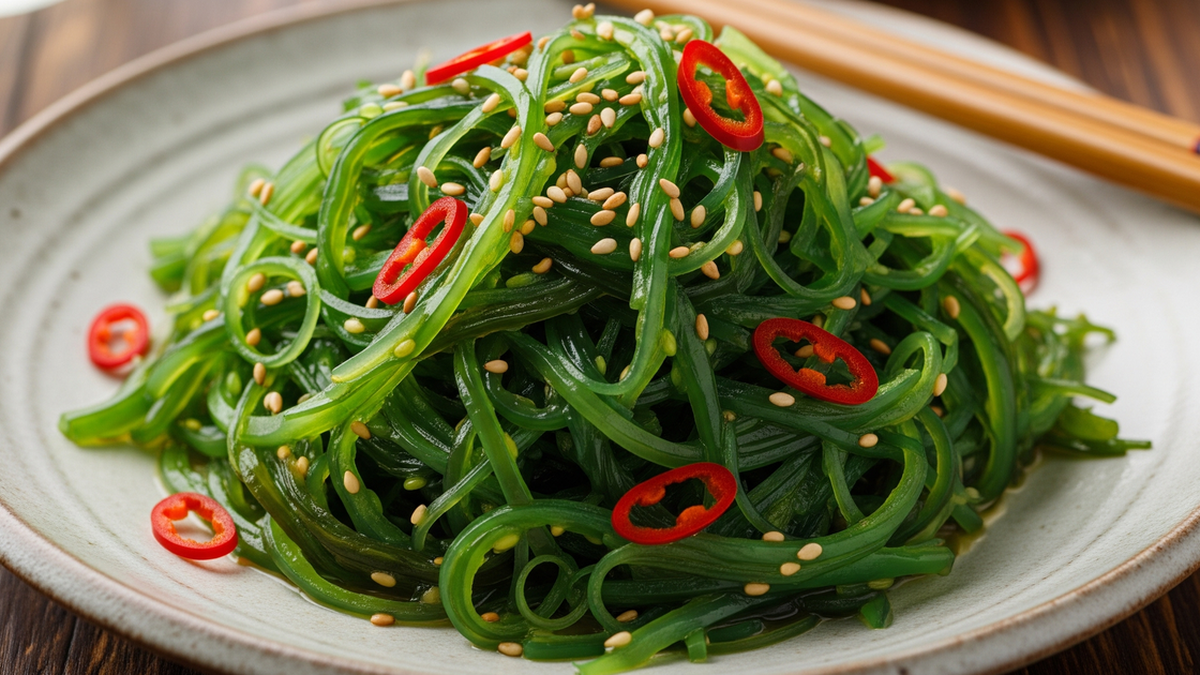

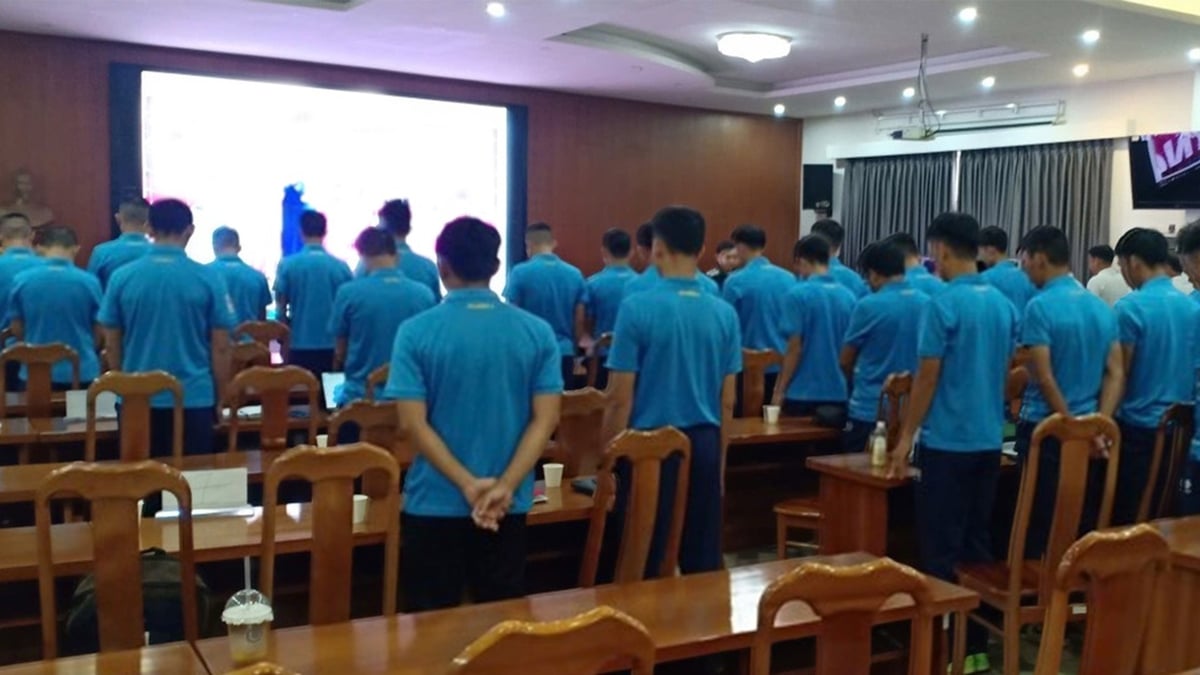



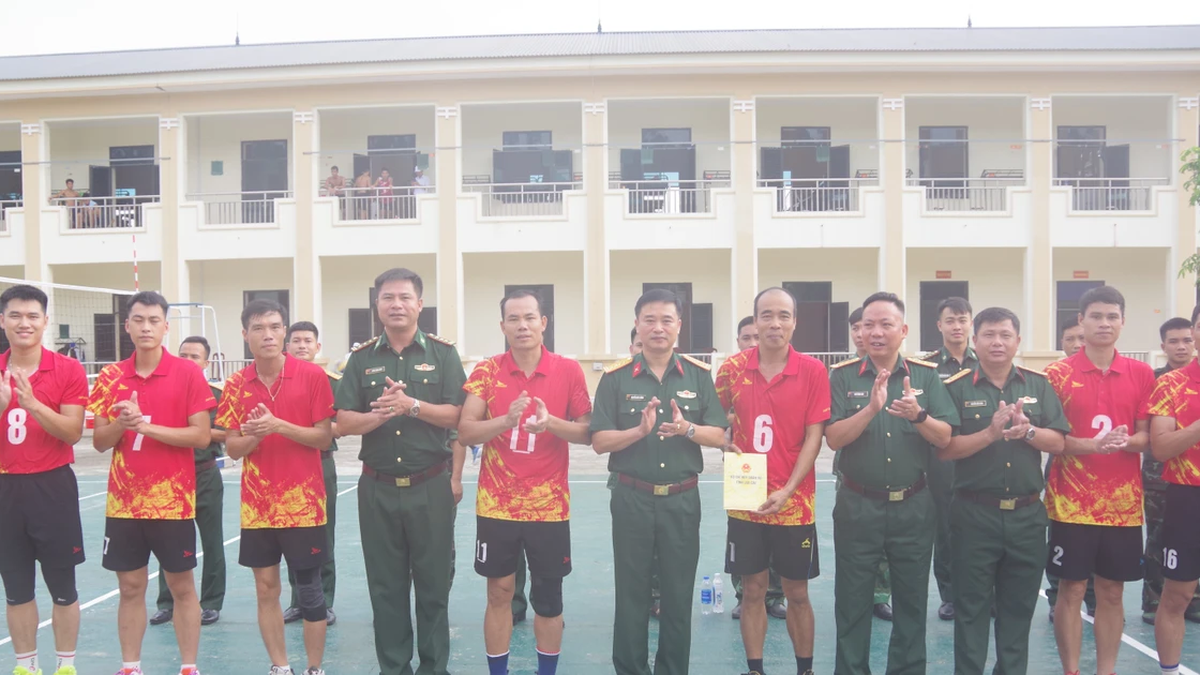

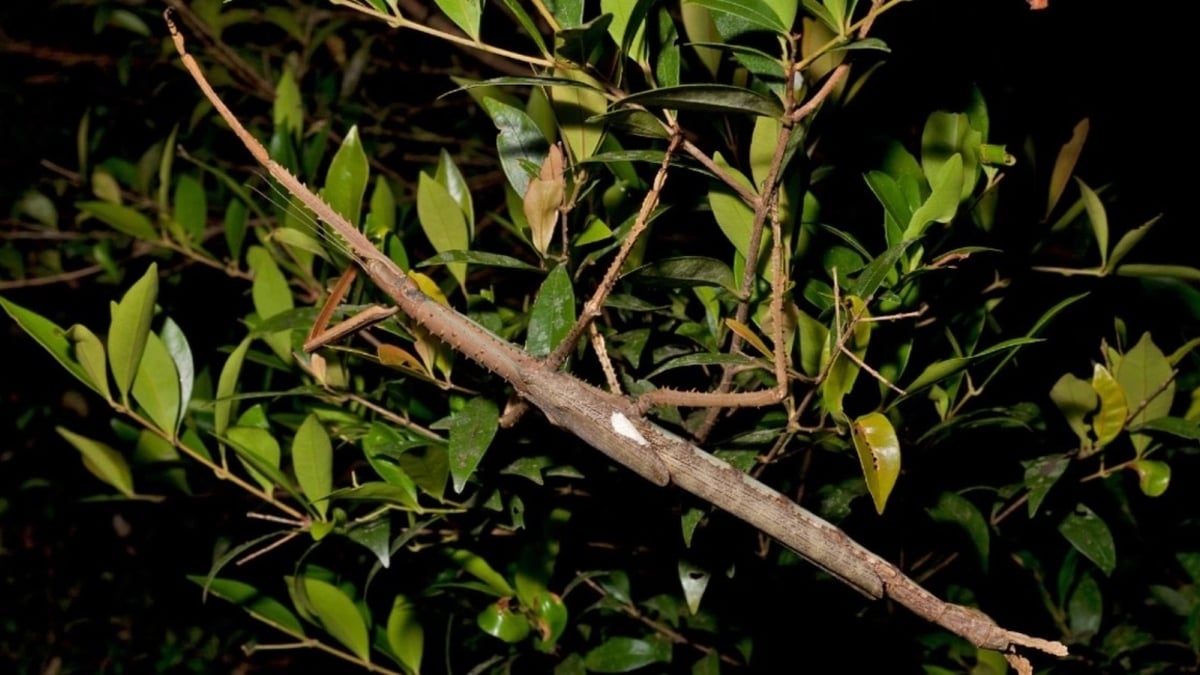










![[Photo] Nghe An: Provincial Road 543D seriously eroded due to floods](https://vphoto.vietnam.vn/thumb/1200x675/vietnam/resource/IMAGE/2025/8/5/5759d3837c26428799f6d929fa274493)







































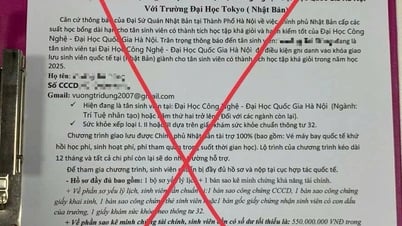













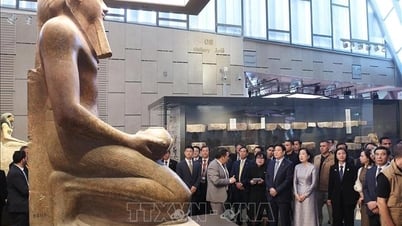




















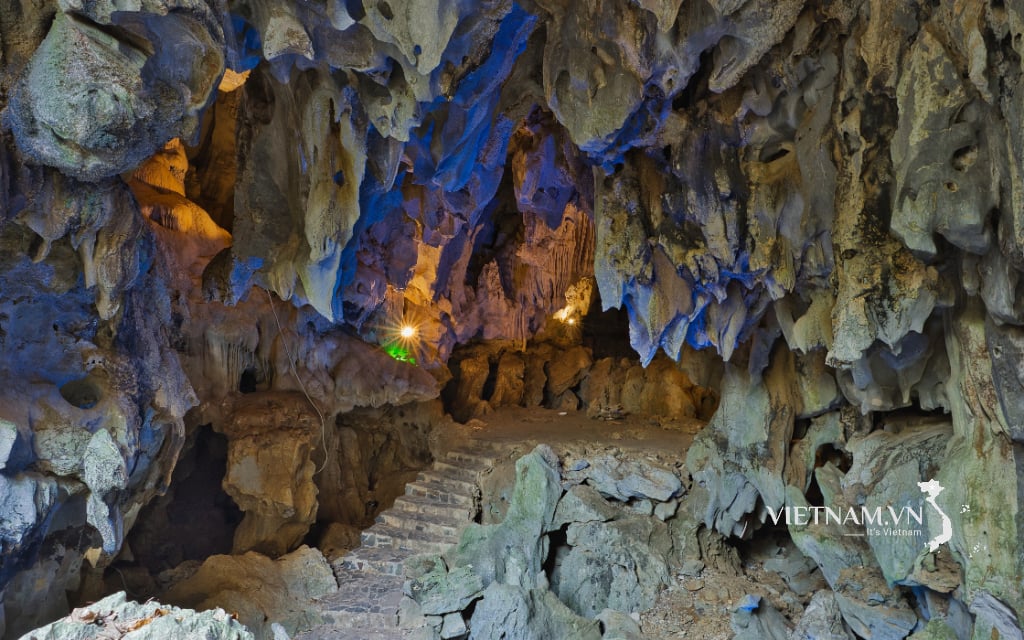
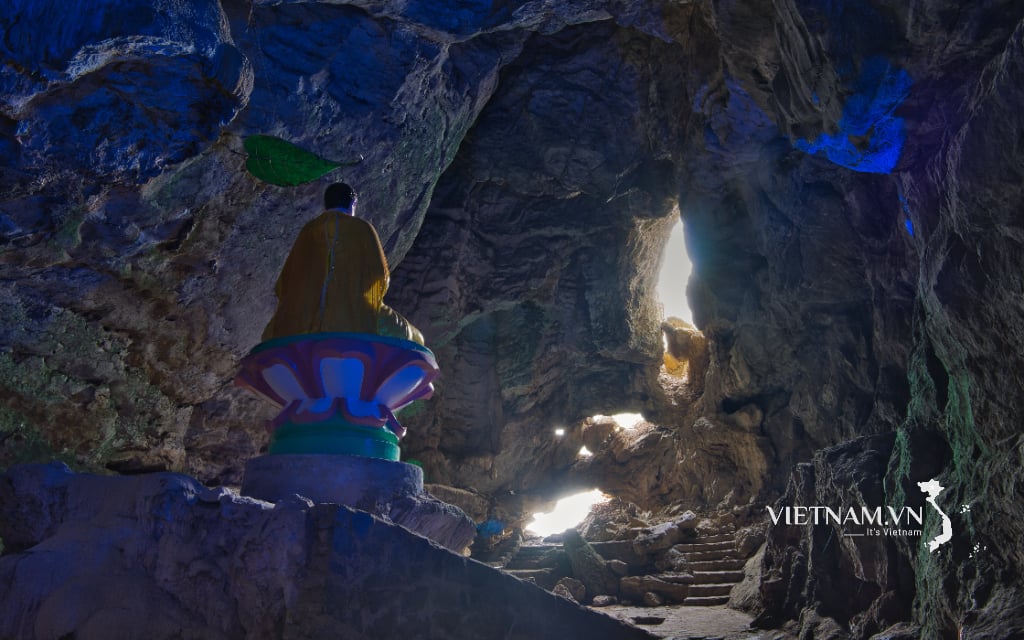
Comment (0)